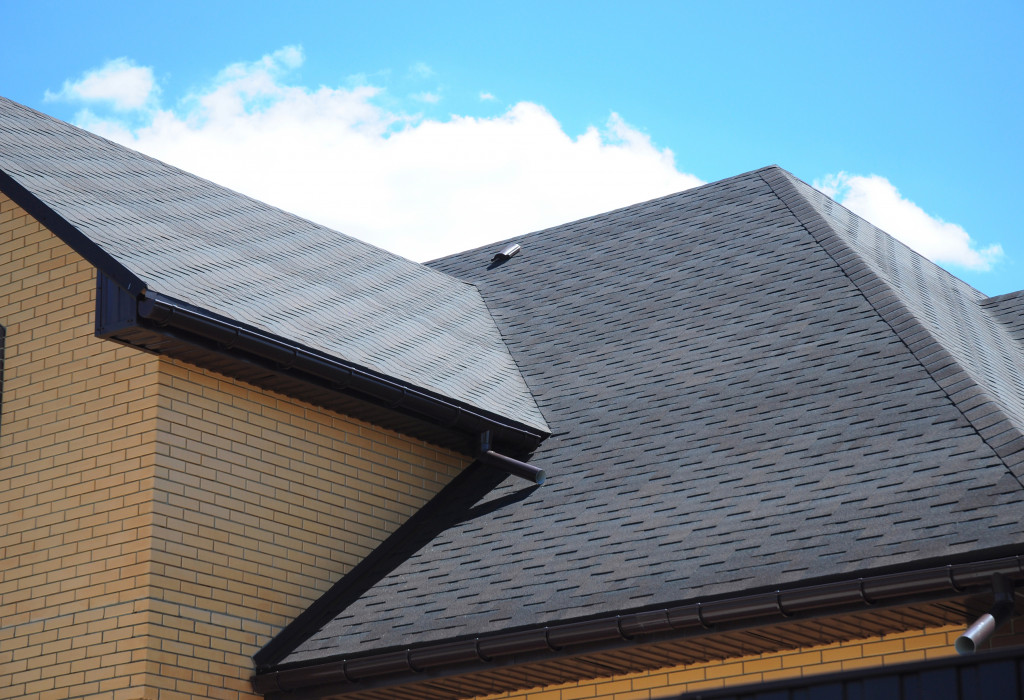The Western United States has an idyllic, breathtaking landscape that continues to attract tourists and settlers. The region encompasses the Rocky Mountains, which has diverse terrains, from sandy deserts to stunning beaches. Between 2014 and 2015, 850,000 people relocated to the Rockies to have that coveted bucolic lifestyle, with 101,000 migrants to Colorado alone.
If you’re thinking of moving to the Mountain States as well, here are a few things you should consider before packing your bags and relocating.
Construction costs
The site work necessary for constructing a home in the Rockies can get tedious and complicated, especially when you’re building from the ground up. If you’re planning to build nearer the mountains, it will be harder and more expensive to bring in construction machinery and materials as the land elevation rises. Depending on the location, your builders may also hit rocks as they start digging the footings for the house’s foundation.
Of course, you can avoid these problems by buying your property from home or subdivision developers in the city. If you’re adamant on living away from the hustle and bustle of the city, you can still have that quiet, secluded life by looking at new home development sites in smaller towns.
Housing market conditions
Generally, the housing market in the US has been looking up since the housing bubble of 2008. In 2016, new home sales were the strongest they’ve been since the crisis, and the market shows no signs of slowing in the coming year.
Mountain states Nevada, Utah, and Colorado are among the predicted top performers when it comes to house sales. With the market finally recovering from the recession, housing prices are starting to go up as well. In Colorado, for instance, the real median home prices have increased significantly and exceeded the prerecession level in the last five years. But New Mexico and Wyoming haven’t recovered as strongly since the prices in these states remain below the recession peak level.
As the real median home prices go up, housing affordability falls. This pushes potential buyers, including you, out of the market. Before you buy a property in a certain state, be sure to check the market prices to know if your financial capability matches it.
Cost of living
 The Missouri Economic Research and Information Center measured the cost of living per state in 2018. Among the top 15 least expensive states are Idaho and Wyoming, with the following figures:
The Missouri Economic Research and Information Center measured the cost of living per state in 2018. Among the top 15 least expensive states are Idaho and Wyoming, with the following figures:
- Cost of living – 92.7. 91.4
- Grocery index – 93.0, 105.7
- Housing index – 86.2, 81.9
- Utilities index – 87.6, 92.5
- Transportation index – 102.0, 98.7
- Health index – 101.3, 94.5
- Miscellaneous – 95.7, 91.1
Although there are factors that exceed the U.S. average of 100, most fall way below that level. For instance, the median price for a house in Idaho is $235,500 which is below the U.S. median value of $255,000. So even though you spend more than the average on transportation and health-related expenditures, your housing and utility bills offset your expenses.
Climate
Since the eight states in the Rockies have higher land elevations than anywhere in the United States, the weather is relatively more dramatic. Though the entire region has a generally arid climate, the winds tend to be stronger and the cold more biting.
Nevada and Arizona are largely composed of deserts and scattered mountain ranges, so most parts get little to no precipitation. But the areas around the mountains do get a lot of snow and rain. Utah, on the other hand, also has large desert lands, but these areas get snowfall.
If you’re the type of person who’s sensitive to extreme changes in weather, living in the Mountain states may not be for you.
Although a permanent home address in the Rockies may seem inviting, it’s important to learn more about the details specific to this region before making any definite moves to ensure that the life it offers is suitable for you.







